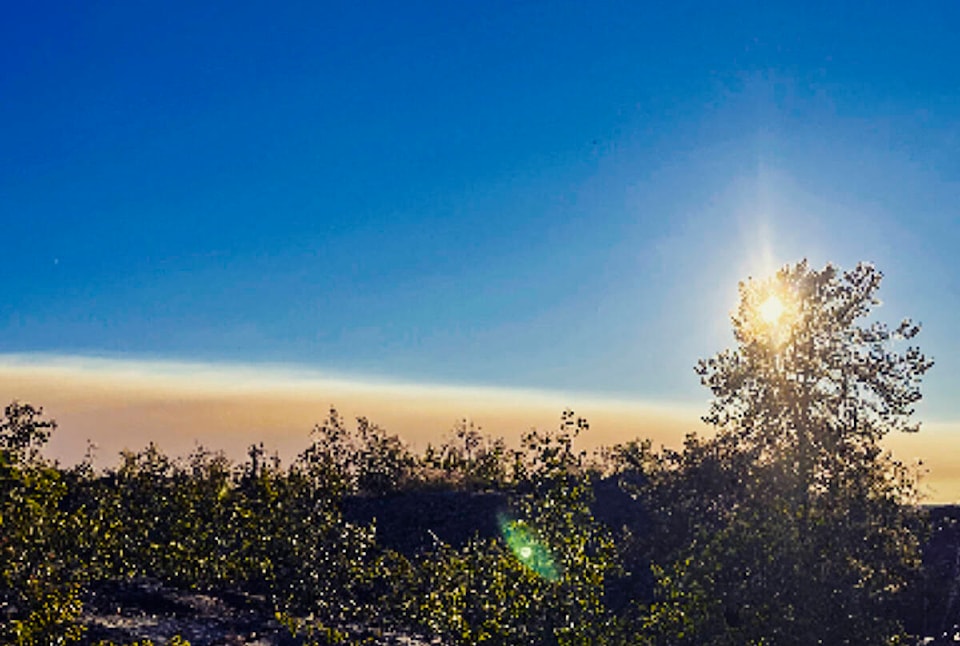Correction: A previous version of this article stated the most recent manmade wildfire was discovered on a beach near Deline. It was actually discovered near Norman Wells. NNSL Media regrets the error.
The GNWT’s Department of Environment and Natural Resources (ENR) is advising residents to take extra precautions during what it predicts will be an especially dangerous week for wildfires.
“We’re facing quite a serious challenge over the next week or so with some very serious fire weather across the entire territory,” says ENR spokesperson Mike Westwick. “And that’s going to lead to some natural (fire) starts, whether we like it or not. But what we’re calling on everyone across the territory (to do) is to take their responsibility very seriously to prevent human-caused fire whenever they’re out on the land over this next little bit so that we can minimize the activity that we have fire-wise and avoid needlessly putting firefighters in harm’s way and stretching resources.”
Westwick says the next seven to 10 days will be at least as dry as the rest of the season, if not drier. That dryness, combined with “record heat” in the Beaufort Delta and Sahtu regions, plus a lack of precipitation across the territory, will make for especially dangerous wildfire conditions.
Fire crews just recently extinguished the NWT’s ninth confirmed human-caused wildfire of the year on a beach near Norman Wells. While crews were able to quickly extinguish the fire — likely an abandoned campfire — the blaze posed an extra danger because of its proximity to a human settlement.
As for residents of Yellowknife and other communities who can see smoke on the horizon, that smoke isn’t likely to dissipate any time soon. A release from ENR indicates that smoke in affected communities could last for several weeks. That smoke is especially risky to elderly residents and those with pre-existing conditions. Westwick says these residents should try to limit their outdoor activities while smoke is present and keep their windows closed, whenever possible.
Open-air fires are once again banned in Yellowknife, as ordered by city fire chief Nelson Johnson.
He says compliance with fire bans has generally been good this year, with an average of about one call every two weeks so far this season.
Usually, residents responsible for the fire department being dispatched are unaware of the rules, or unaware that a ban is in place. However, Johnson says ignorance won’t grant violators a free pass.
“It’s everybody’s responsibility to be informed,” he says.
Despite the heightened risk of wildfires this week, Westwick says the territory is on track for a relatively average fire season.
Both Westwick and Johnson advised residents who have to start fires for food or warmth to practice the “soak-stir-soak” method: Soak the fire, then stir it, then soak it again. Residents should use propane whenever possible, and never leave a fire unattended until it’s completely out.
“We haven’t quite figured out how to control lightning, but every single one of us has the ability to control whether person-caused fires start and whether we want to give firefighters a hand or decide to take a risk and make things worse,” says Westwick.
